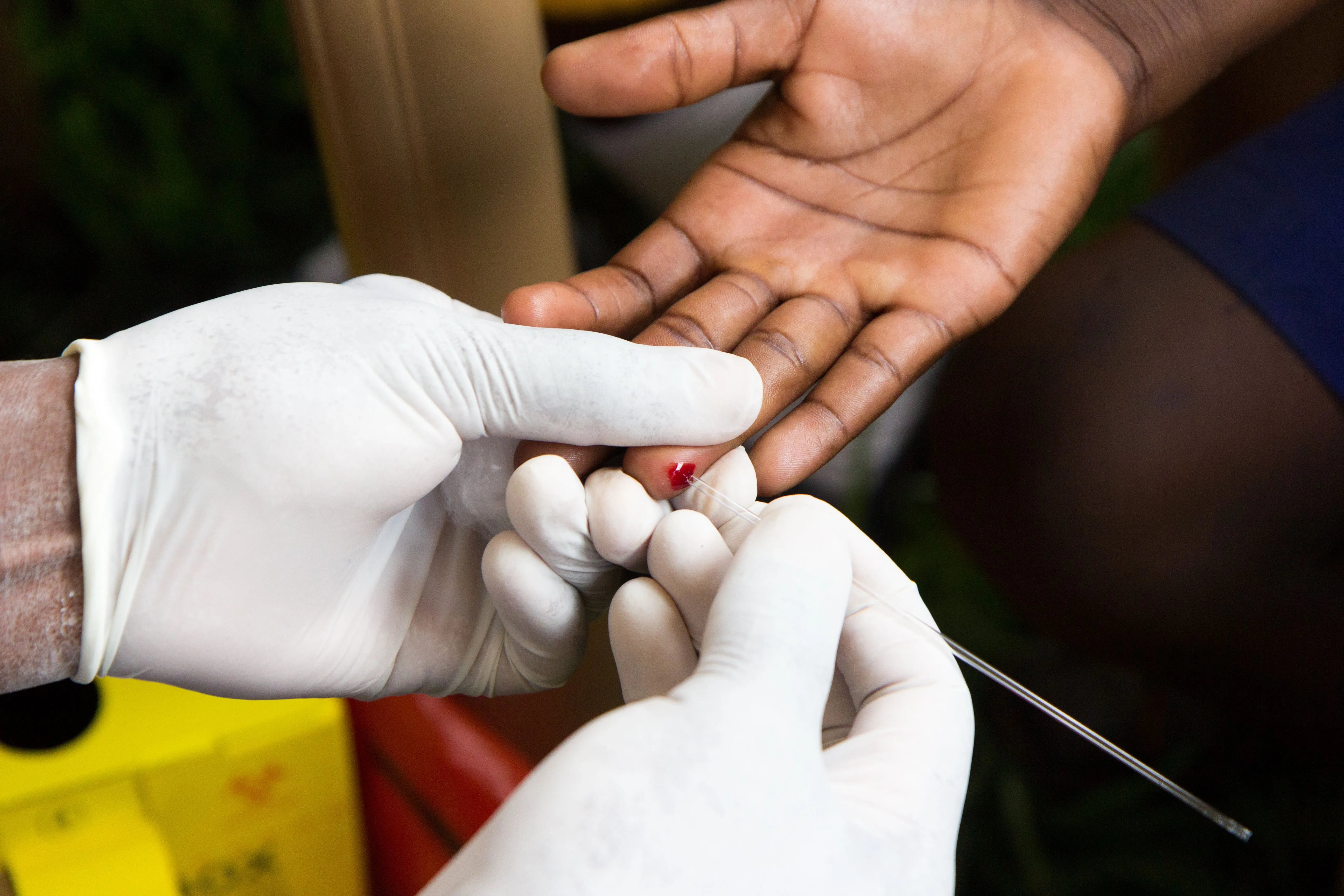Iron Supplements for HIV-Affected Children in Uganda: New Insights

Study Overview
As per the recent findings from the University of Minnesota Medical School, iron supplements have proven advantageous for children living with HIV in Uganda. The study, published in The Lancet HIV, highlights that these supplements do not increase malaria infection rates, addressing earlier concerns surrounding this issue.
Importance of Hemoglobin
Hemoglobin is vital in transporting oxygen throughout the body, and iron is essential in boosting hemoglobin levels, reducing anemia risks that can lead to numerous complications such as heart issues and weakened immunity.
- Children aged 6 to 59 months are anemic if hemoglobin levels fall below 11 g/dL.
- Children aged 5 to 11 years are anemic if levels go below 11.5 g/dL.
Study Details
The study conducted between May 2018 and November 2019 involved 200 HIV-positive children. These children, aged between 6 months and 12 years, were on ART, received co-trimoxazole prophylaxis, and slept under insecticide-treated nets. Participants were divided into two groups, receiving either iron supplements or a placebo.
Results and Conclusions
At the beginning of the study, both groups had an average hemoglobin level of 11.5 g/dL. By the end, those receiving iron supplements showed an increase to 12.0 g/dL, while the placebo group saw a minor rise to 11.7 g/dL. This supports the WHO's guidelines for administering iron supplements to HIV-positive children facing moderate anemia.
Co-author Anne Frosch emphasizes the importance of future research on neurodevelopmental outcomes and any potential infectious risks associated with iron supplementation in children with HIV.
This article was prepared using information from open sources in accordance with the principles of Ethical Policy. The editorial team is not responsible for absolute accuracy, as it relies on data from the sources referenced.